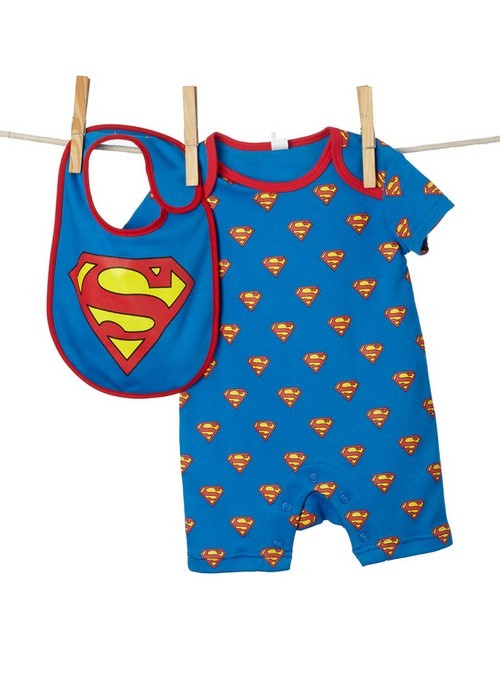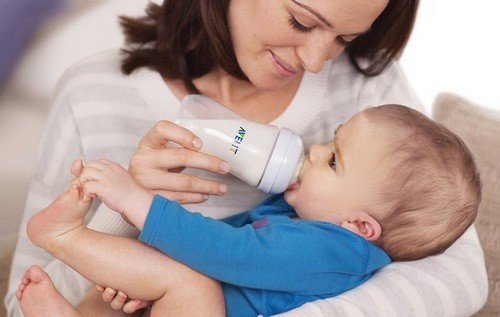Allergy or prickly heat in infants? Young parents often ask this question when detecting redness on the skin of a baby. And this is not surprising, because knowledge of the main distinguishing features between these two conditions will tell you how to behave further and whether you need to see a doctor.
A rash on the skin can not only have a different etiology, but also differ in the location, prevalence and nature of the pathological elements.
How to distinguish sweating from an allergic reaction? What are their similarities and differences?
What is prickly heat?
Irritation of the skin, resulting from the increased work of the sweat glands and the slow evaporation of the secret, is called by moms among themselves prickly heat, but the official medical term that characterizes this condition is called hyperhidrosis. It looks like red irritated vesicles and spots on the skin.
Sweating occurs in children and adults, but if at an older age the disease occurs due to impaired secretion of sweat glands, then in infants this is due to the immaturity of the glandular cells and their malfunctioning.
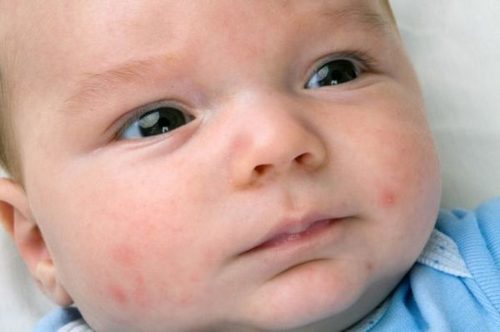
Causes
How to distinguish sweating from allergies in infants? These two conditions arise due to different premises.
Sweating most often occurs due to :
- prolonged exposure to the sun, as a result of which the skin overheats, and the glands begin to intensively produce a secret to cool it;
- high air temperature in the room;
- deep skin folds that are not ventilated;
- wrapping a child and dressing out of weather;
- hot weather, accompanied by high humidity;
- hyperthermia, developing due to various infectious and inflammatory diseases;
- excessive use of various talcum powder or creams for skin treatment, because of which the pores are clogged.
Symptoms
Young mothers are often interested in more experienced friends how to distinguish allergies from prickly heat in a newborn, because both conditions have similar external signs.
There are three types of hyperhidrosis, the external manifestations of which will differ:
- Crystalline prickly heat – manifests itself in the form of white bubbles on the skin, resembling small salt crystals. Their diameter does not exceed 2 mm, however, the formations can merge with each other, and then large bubbles form. A couple of hours after the occurrence, they open, after which small dry flakes form on the skin. Most often, crystalline prickly heat develops in newborns and is localized on the neck, face and upper half of the body.
- Red sweating – elements of the lesion, having a size of 1 to 3 mm, are filled with muddy contents. Around the vesicles, a corolla of hyperemia is localized. Rashes are located in the groin, on the bend of the elbow and in the popliteal cup. The baby is tormented by skin itching, which becomes stronger when sweating.
- Papular prickly heat – rarely found in infants. Bubbles reach a size of 3 mm, while they can be located on any surface of the body. The formations cause severe discomfort, itch, and after opening them, peeling of the skin occurs.
Features
When redness is found on the skin of young parents, the question arises: what is it: prickly heat or allergies in newborns?
The babies born in the summer, when due to excessive heat in the street and indoors, the sweat glands cannot completely cool the baby’s skin, are most susceptible to the development of hyperhidrosis, which makes him sweat heavily.
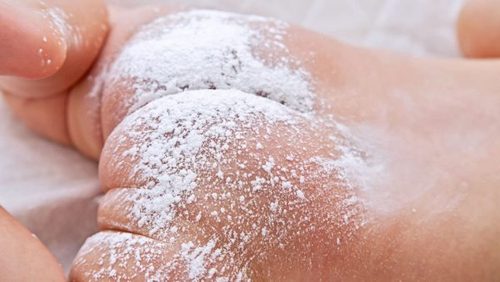
Since the skin of the baby is excessively delicate, contact with the tissue with increased sweating can be traumatic for her. Therefore, one should not forget about hygienic skin care for crumbs, and also often leave it without diapers for contact of the skin with air.
Allergy
An allergy is a hypersensitivity reaction that develops as a result of contact with an irritant, in response to which various skin manifestations occur, such as swelling, rashes, itching, and others. These manifestations are due to the work of the immune system, the main task of which is to protect the body from foreign substances, however, in this case there is an excessive reaction, due to which their own tissues are damaged.
Knowing how to distinguish prickly heat in newborns from allergies, as well as the main manifestations of these conditions, it is possible to correctly and timely provide medical care in case of skin rashes.
Causes
For the reason that caused the hyperergic reaction, allergies can be divided into several varieties:
- food – develops as a result of the ingestion of food products in the digestive tract, the components of which the body is able to perceive as allergens;
- medication – observed with intolerance to certain medications;
- household – occurs due to contact with dust and hair of pets;
- hay fever is an allergic reaction that develops on pollen of plants during their flowering period.
The reason for the development of a skin reaction is a determining factor in which sweating differs from allergies in newborns.
Symptoms
How to distinguish sweating from allergies in a newborn?
There are certain signs that indicate that developing manifestations occur as a result of a hypersensitivity reaction:
- Skin rashes form in a short time after contact with an allergen.
- Pathological foci are located at the point of contact in the stimulus, and can also affect any part of the body.
- Spots tend to become inflamed and fused.
- Rashes are prone to increase, often forming bubbles with aqueous humor.
- Severe itching, worse with perspiration.
- Eliminating contact with the stimulus contributes to the subsidence of manifestations on the skin.
Features
The main difference between sweating and allergies in newborns is that with hyperhidrosis there are no concomitant manifestations.
With the development of an allergic reaction, the following are often observed:
- swelling and swelling of the skin;
- severe itching;
- disorders of the respiratory system, manifested by bronchospasm;
- discharge from the nose;
- sneezing.
Children, in comparison with adults, are more prone to infectious complications, because they uncontrollably comb the area of rashes, which causes skin trauma. Pathogens can invade wounds and cause inflammatory reactions.
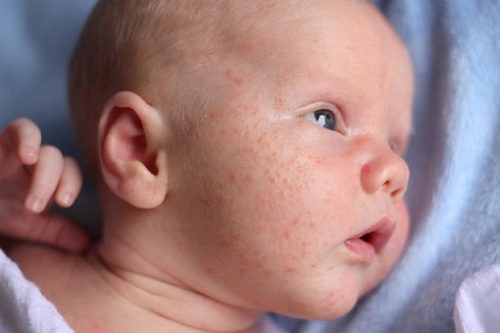
How to distinguish allergies from prickly heat?
The only generalized sign between the sweating in newborns and the hypersensitivity reaction is that allergies are also characterized by formation on the skin. In this case, even according to the external manifestations of the rashes, as well as the place of their localization, one can be distinguished from one another. For sweatshirts, a more limited location is characteristic, in contrast to allergic rashes.
Parents who know how to distinguish sweating from allergies in infants pay attention to the symptoms of spots, their appearance and localization, which was described in detail above.
Differences in complications of diseases
In the case of sweating, complications develop extremely rarely. However, when injuring the skin, when the baby combs itchy skin, this harmless condition can turn into microbial eczema. For this reason, parents should monitor the hygiene of the skin of the baby and the temperature regime in the room. If a diffuse hyperemia is found around the vesicles, as well as with turbidity of the fluid inside them, you should immediately contact a pediatrician.
An allergic rash on the body poses a more serious threat to health, because often it is accompanied by other manifestations of the response to contact with the allergen. Quincke’s edema, urticaria, anaphylactic shock – all these are dangerous complications that can occur with sensitization of the body.
A reliable determination of what caused the appearance of hyperemic rashes on the skin of the baby, will help to choose the appropriate treatment tactics and measures to prevent complications. Particular attention should be paid to allergies, because in this case, in addition to skin lesions, other signs often develop: shortness of breath, bronchospasm, swelling of the larynx. If the cause of the pathology is not eliminated, this can become a serious threat to the life and health of the baby.

